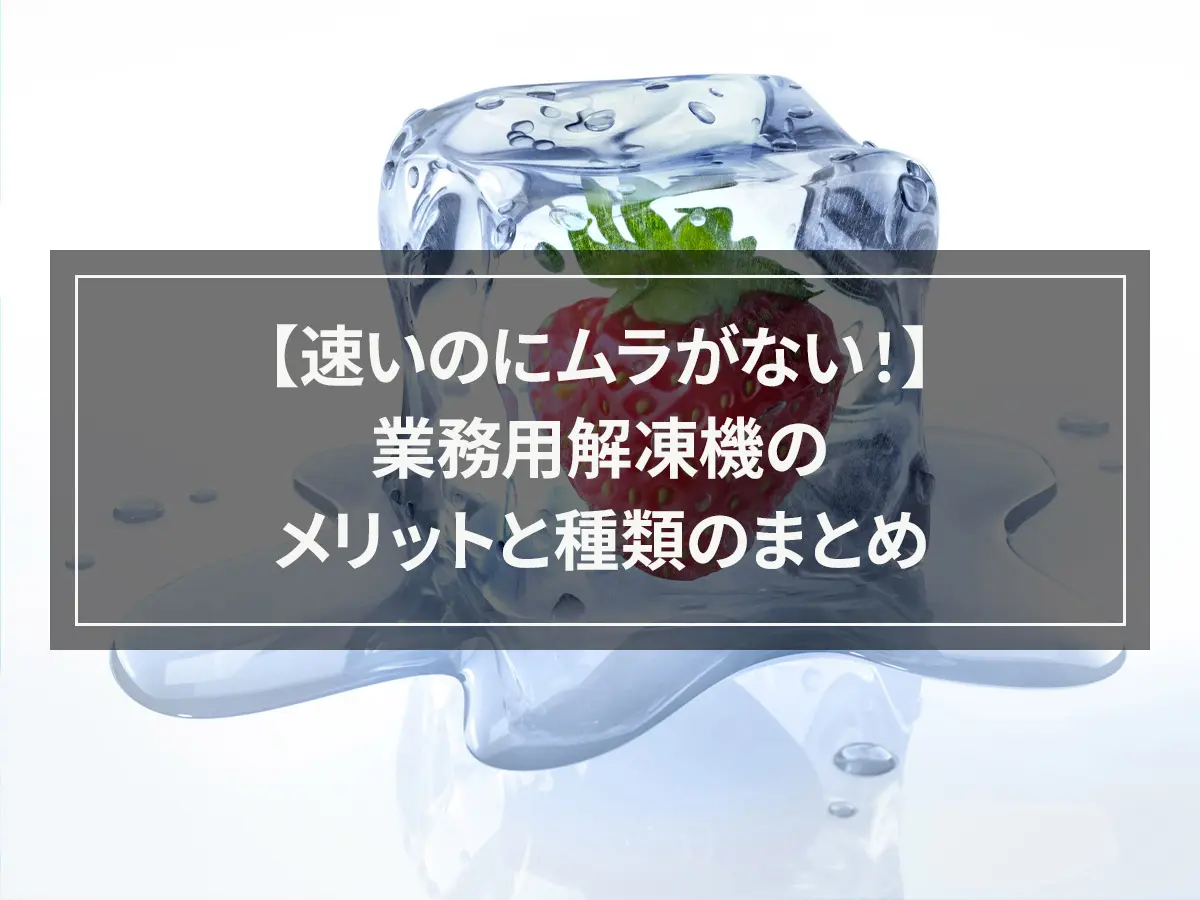[Can it be frozen? ] How to freeze konjac and diet recipes
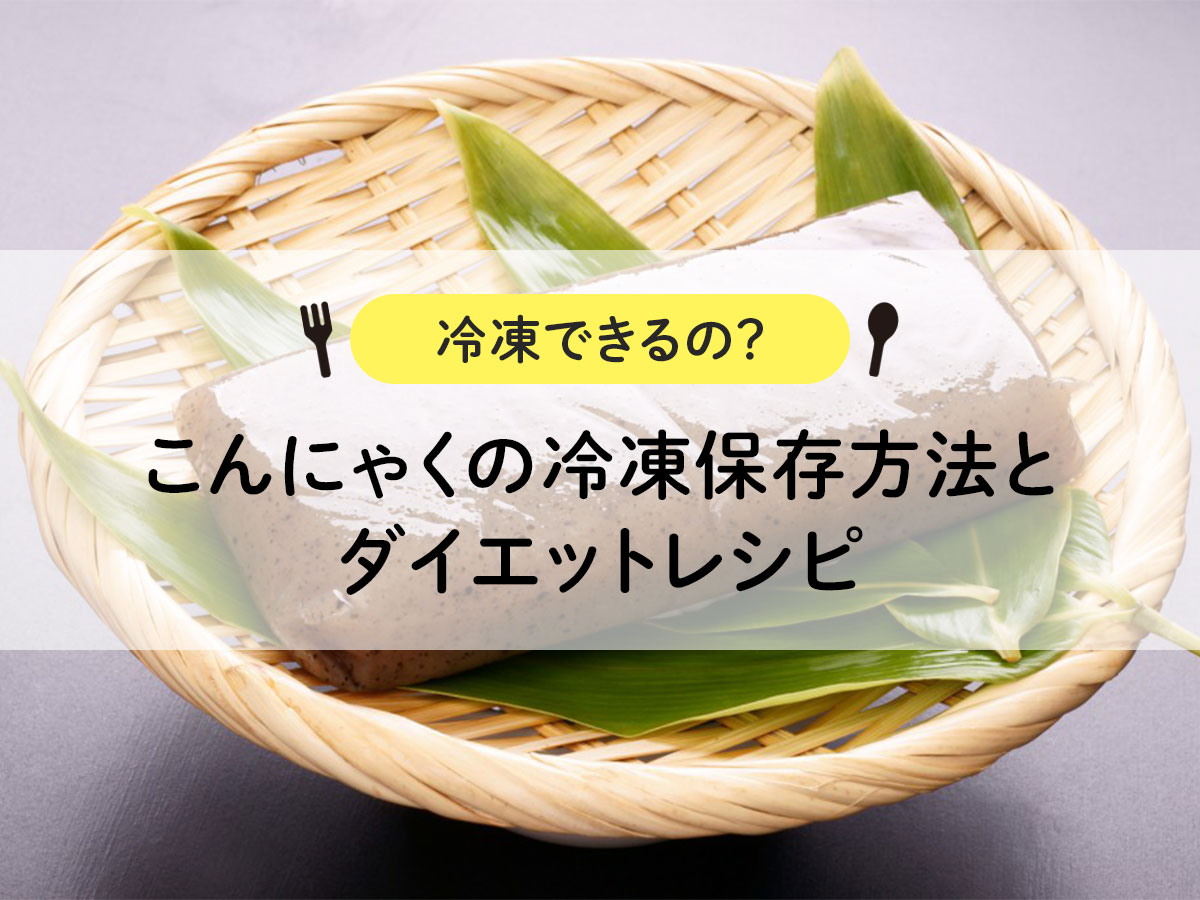
Did you know that there is a way to diet by eating full?
By using konjac as a substitute for meat when cooking, you can diet even if you are full.
Konnyaku is a famous ingredient that is a strong ally in dieting, as it is low in calories and has the effect of improving intestinal function.
Konnyaku is also rich in dietary fiber and calcium, which helps to lower cholesterol levels and prevent arteriosclerosis.
Konnyaku is delicious when cooked and eaten as is, but when frozen, the texture changes and becomes more meat-like.
By using konnyaku instead of meat, you can reduce calories and go on a diet.
We will introduce how to freeze konnyaku, how to use it, and delicious recipes using frozen konnyaku as a meat substitute.
目次
Just cut and freeze! How to freeze konnyaku
How to freeze konnyaku
There has been a method of freezing konnyaku for a long time, and it is called frozen konnyaku. Frozen konnyaku is a traditional preserved food made by repeatedly freezing and drying to remove the moisture.
When konnyaku is frozen, the moisture will be removed and it will become like a sponge. Because it becomes spongy, it absorbs the flavor easily and has a delicious meat-like texture.
To make frozen konnyaku, simply cut the konjac into bite-sized pieces, place in a storage container, and freeze for at least 24 hours.
It's easy to use if you change the way you cut it depending on the dish you're using it for.
For example, when using it for fried chicken, sweet and sour pork, or simmered dishes, cut it into bite-sized pieces. As a substitute for thinly sliced meat or bacon, it's best to cut it into thin slices when using it in stir-fries, or cut it into 1.5cm dice when using it as minced meat.
Precautions when freezing
If you are concerned about the unique smell of konnyaku, you can make it easier to eat by preparing it and freezing it. Cut the konnyaku into easy-to-use pieces, rub it lightly with salt, and quickly blanch it in boiling water to remove the scum and odor.
Also, the recommended time to freeze is 24 hours. If frozen for a long time, the texture and flavor will deteriorate, so we recommend freezing the food the day before you want to use it.
How to use frozen konnyaku
When using frozen konnyaku, take it out of the freezer and let it thaw naturally or soak it in hot water.
Once thawed, use kitchen paper to squeeze out the moisture.
If you are going to use it for boiled food, it is okay to remove some water, but if you are going to use it for deep-frying, you should remove the water thoroughly. If there is any water remaining, the oil will splatter, so it will be easier to cook if you drain the water properly.
When defrosting, be careful not to defrost in the microwave.
If you are in a hurry or don't have time, defrosting food in the microwave is convenient as it can be done in a short time.
However, if you thaw frozen konnyaku in the microwave, the water will evaporate and it will become dry.
Therefore, defrosting frozen konnyaku in the microwave is not recommended.
Recommended for those on a diet! Benefits of frozen konnyaku

Health benefits of konnyaku
Konnyaku is a low-calorie food with 5kcal per 100g, making it a good food for dieting.
Additionally, konnyaku is rich in calcium and a dietary fiber called glucomannan.
The calcium contained in konnyaku is alkaline, so it is easily absorbed by the body and has the effect of preventing osteoporosis.
Glucomannan has the ability to suppress cholesterol levels, remove harmful substances from the body, and prevent arteriosclerosis.
It also has the effect of eliminating unnecessary sodium from the body, so it is an ingredient that people with high blood pressure should actively consume.
Glucomannan has many benefits for women as well.
Glucomannan is a water-soluble dietary fiber that helps regulate the intestinal environment and relieves constipation.
When your intestines are cleansed and constipation is resolved, pimples and dull skin will disappear, and your skin will become clearer.
Konnyaku also contains a moisturizing ingredient called ceramide, so it can also have beauty effects.
Benefits of frozen konnyaku
Konnyaku is low in calories and good for your health, but freezing it gives you even more benefits.
Freezing the konnyaku makes it more chewy than regular konnyaku, and increases the number of times you can masticate it.
Chewing your food well will prevent you from eating too quickly and will help you feel full with less food than usual.
When frozen, konjac becomes meat-like in texture, so it can be used as a meat substitute.
By using frozen konjac instead of meat, you can significantly reduce calories, and it's also good for your intestines, making it an excellent diet.
Konnyaku is also cheaper than meat, so it saves you money and has economic benefits.
Exactly meat! Recipes using frozen konnyaku
Introducing an easy and delicious recipe that can be made using frozen konnyaku instead of meat.
fried
☑材料
・1口大にした冷凍こんにゃく
・すりおろしたショウガ・ニンニク
・醤油
・砂糖
・酒
・片栗粉
Thaw the konjac and squeeze out the water well, then put it in a seasoning mixture of soy sauce, sugar, sake, ginger and garlic, and soak for about 10 minutes. Sprinkle each piece with potato starch and fry in oil heated to 170℃. Unlike chicken, it cooks quickly, so take it out when it's golden brown and it's done.
Compared to making the same amount (250g) of chicken thigh meat, it has 487kcal fewer calories.
Ginger grilled
☑材料
・薄くスライスした冷凍こんにゃく
・玉ネギ
・醤油
・酒
・みりん
・すりおろしたショウガ
Defrost the konjac and squeeze out the water well, then put it in soy sauce, mirin, sake, and ginger and pickle it. Cut the onion into wedges and fry in a frying pan with oil. Once the onions are cooked, add the konnyaku and stir-fry, then add the sauce that was used to marinate the konjac and mix.
Compared to making the same amount (250g) of pork loin, it has 497kcal fewer calories.
steak
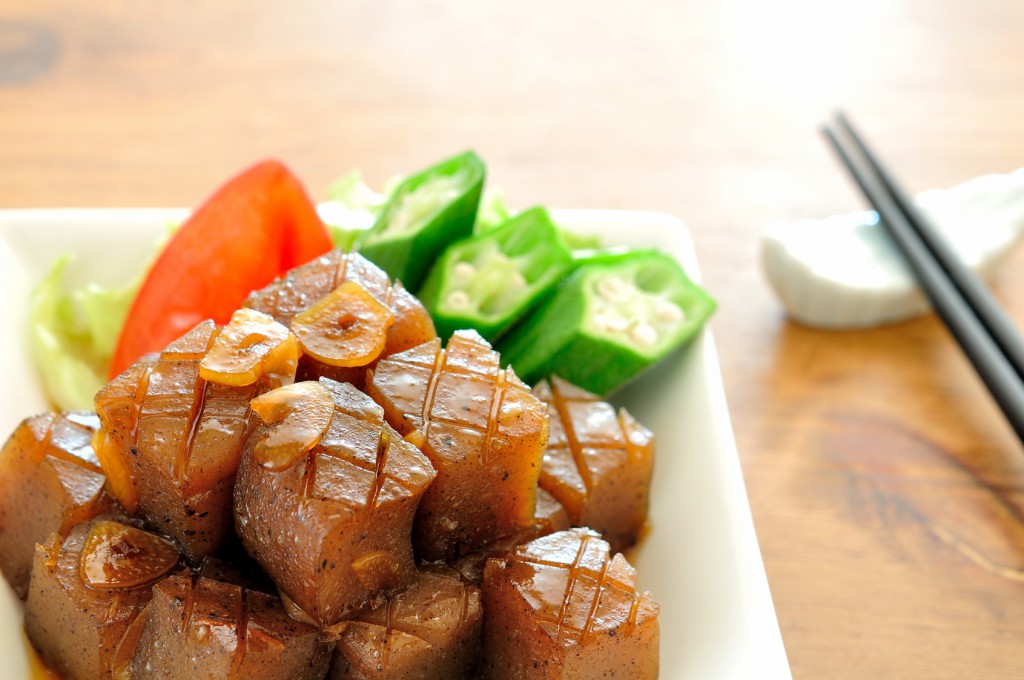
☑材料
・厚切りにした冷凍こんにゃく
・牛脂
・お好みのステーキソース
Make slits in the thawed konnyaku in a grid pattern and coat with a little steak sauce. Add beef fat to a hot frying pan and fry the konnyaku. Fry until golden brown on both sides, serve on a plate, and top with the sauce.
Using beef tallow gives it a beef steak-like aroma, which increases the flavor and makes it more delicious.
Yakitori
☑材料
・1口大にぶつ切りにした冷凍こんにゃく
・醤油
・砂糖
・みりん
・ネギ
Make the sauce by adding soy sauce, sugar, and mirin to a pot and boiling until it thickens. Add the sauce to the konnyaku that has been thawed and squeezed out.
Cut the green onion into 2-3 cm pieces, and thread the konnyaku and green onions alternately onto the skewers. Heat oil in a frying pan and fry the konjac and green onions on skewers. Bake until golden brown while dipping in the sauce and it's done.
Boiled food
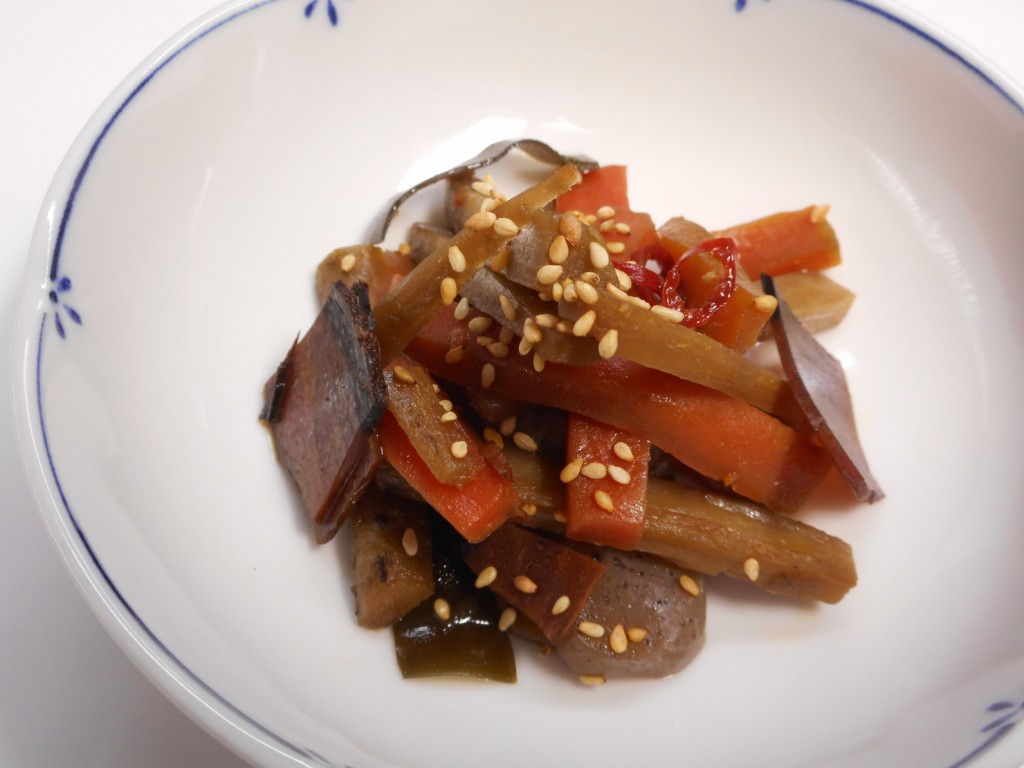
☑材料
・細切りにした冷凍こんにゃく
・ゴボウ
・ニンジン
・ツナ缶
・醤油
・砂糖
・みりん
・酒
Thaw the konnyaku and squeeze out the water well. Add konjac, finely chopped burdock and carrots, water, sugar, and mirin to a pot and bring to a boil.
When it comes to a boil, add the canned tuna, soy sauce, and sake, and evaporate the water until the broth is reduced.
Conclusion
Konnyaku is low in calories, rich in calcium and dietary fiber, and is good for your health, so it is a food that you should actively consume.
It's delicious to eat as is, but freezing it changes the texture and gives it a different taste.
It has a meat-like texture, so it can be used as a meat substitute in cooking.
By using konnyaku instead of meat, you can significantly reduce calories.
It also improves the intestinal environment, so if you are on a diet or are thinking about it, please give it a try.








![[Storage period increased by 30 times! ] Achieving a stable supply of raw whitebait!](https://shunkashutou.com/wp-content/uploads/2016/11/579c55e6d32e1385c250e8e7c3ed59a71.jpg)
![[Sales increased 100 times! ] rapid freezing the signature menu “Ni-katsu sandwich”!](https://shunkashutou.com/wp-content/uploads/2016/11/IMG_02391.jpg)
![[Horse sashimi] We have significantly reduced waste loss with rapid freezer!](https://shunkashutou.com/wp-content/uploads/2016/11/5fda59d0cbcdabde18e58c3c58c09ed0.jpg)




![[Storage period increased from 3 days to half a year! ] Restaurants are expanding their business using wholesale and mail order!](https://shunkashutou.com/wp-content/uploads/2018/04/66c19942ab4ba346fdb64ccc04cde373.png)
![[Reduce loss from 200 kg of oysters to zero] Improve loss and expand business with rapid freezer](https://shunkashutou.com/wp-content/uploads/2018/06/19785ca583a8d3c4041c7c192d041b0d.jpg)












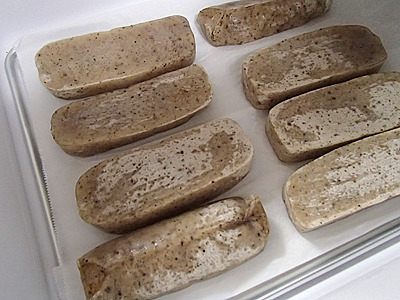
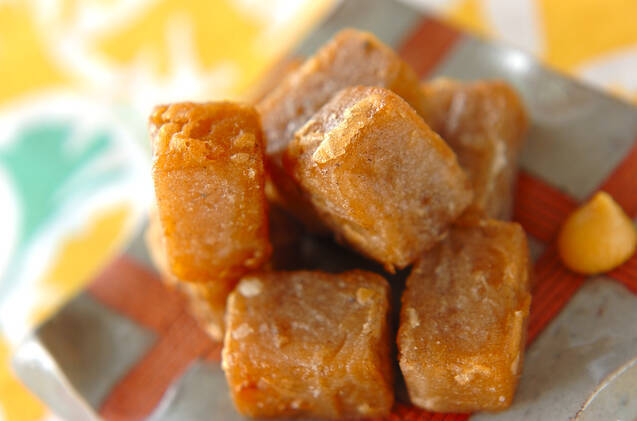
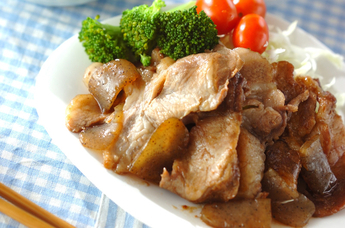
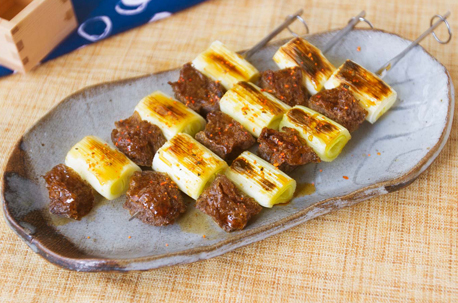


![[8 times more nutrition! ] Introducing how to freeze clams, storage period, and 5 recipes](https://shunkashutou.com/wp-content/uploads/2023/10/57204e2a2f115f810e29e365cfc86638.jpg)
![[Includes grilling instructions] How to freeze hamburger steak, storage period, and carefully selected recipes!](https://shunkashutou.com/wp-content/uploads/2023/09/eb3a531f7fd023f973240f698c092b64.jpg)
![[Introducing tricks and time-saving techniques! ] How to freeze ginger-yaki, carefully selected recipes](https://shunkashutou.com/wp-content/uploads/2023/10/ef145c31655c5774469e05b5e892207b.jpg)
![Introducing the frozen preservation method and recipe for bamboo shoots [Explanation with photos! ]](https://shunkashutou.com/wp-content/uploads/2023/07/4c47b443710cb5788386ab6fd1fa0a07.jpg)
![[Explanation with photos] Freezing and storage period of yellowtail fillets, carefully selected recipes!](https://shunkashutou.com/wp-content/uploads/2023/08/2613b1c938d382e3afc17125432167f0-1.jpg)
![[Boiled eggs can be frozen! ] How to freeze boiled eggs, storage period, and recipe introduction](https://shunkashutou.com/wp-content/uploads/2023/07/e9e8eb9cedf1c8fe2dea6d08c136952e.jpg)
![How to freeze rice cake, expiry date, and 5 recipes! [Explanation with photos! ]](https://shunkashutou.com/wp-content/uploads/2023/10/bd019f04ad570f697ffefe9ffd2e1e71.jpg)
![How to freeze sweet potatoes, storage period, and 5 recipes! [Explanation with photos! ]](https://shunkashutou.com/wp-content/uploads/2023/10/36256af24531b73a036523ba73bdf9ec.jpg)
![How to freeze mushroom mushrooms, storage period, and 5 recipes! [Explanation with photos! ]](https://shunkashutou.com/wp-content/uploads/2023/09/4b6ffe2ef040e90085b4ee4f0c3e72a9.jpg)
![How to freeze delicious strawberries and 5 recipes! [Explanation with photos! ]](https://shunkashutou.com/wp-content/uploads/2023/09/1509eaf30e7a2fc1b5bbc88ae15a4034-1.jpg)
![Introducing recipes for freezing and thawing edamame beans [Explanation with photos! ]](https://shunkashutou.com/wp-content/uploads/2023/08/3b6c4c973e0581c14b4460fa13d99a0e.jpg)
![[Can it be frozen? ] Introducing the recipe and how to freeze potato salad!](https://shunkashutou.com/wp-content/uploads/2023/10/3c640cd23d65764c14f701d25970ed59.jpg)
![[Be good at saving money! ] Introducing the method and recipe for freezing fried rice](https://shunkashutou.com/wp-content/uploads/2023/10/mayo-tyahan-1024x768-1.jpg)
![[Explanation with photos! ] How to freeze mackerel fillets and 5 carefully selected recipes!](https://shunkashutou.com/wp-content/uploads/2023/10/bf45f102162a8d43387d3a8d3e538034.jpg)
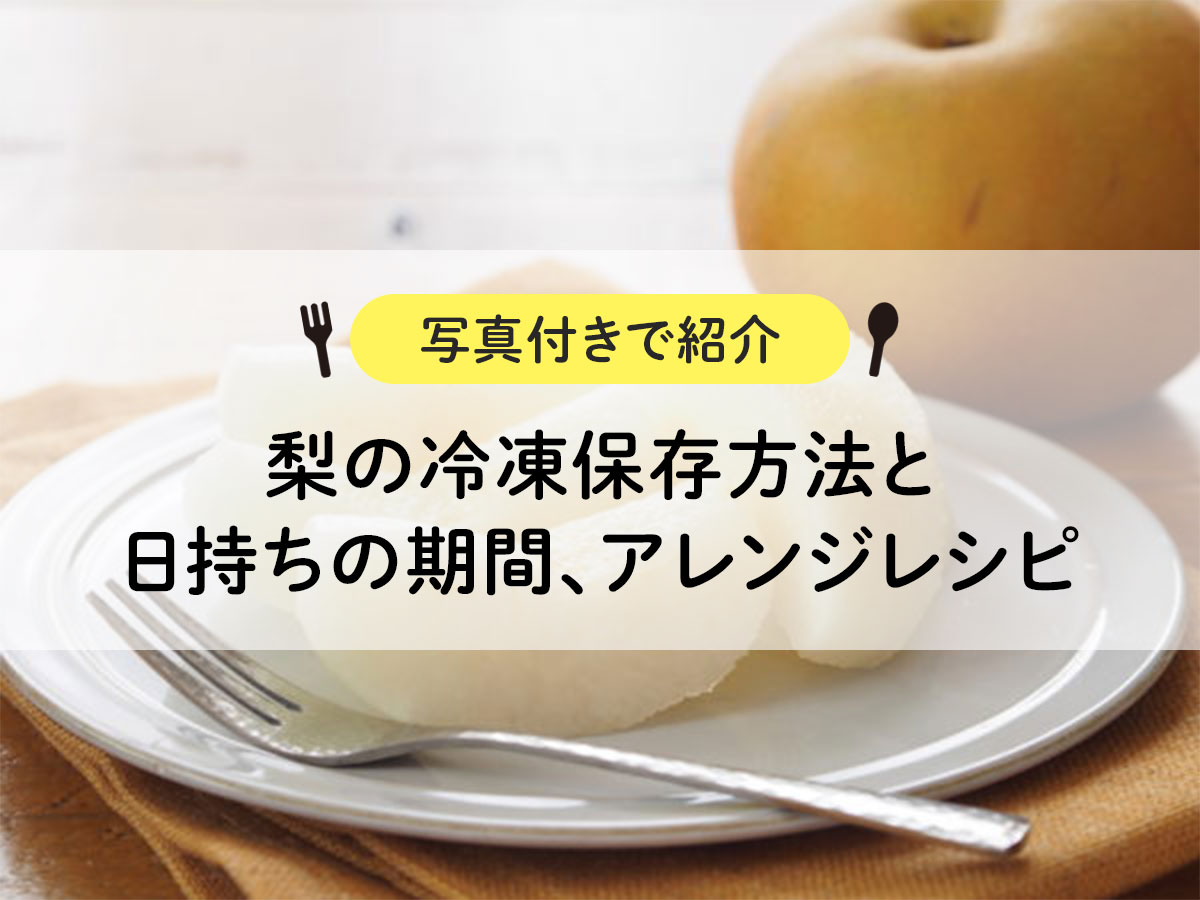
![How to freeze natto, expiration date, baby food and carefully selected recipes [Explanation with photos! ]](https://shunkashutou.com/wp-content/uploads/2023/07/055e5e865986b68d11c3f49f11ea6008.jpg)
![Introducing the method and recipe for freezing green onions [Explanation with photos]](https://shunkashutou.com/wp-content/uploads/2023/09/negi5-768x512-1.jpg)
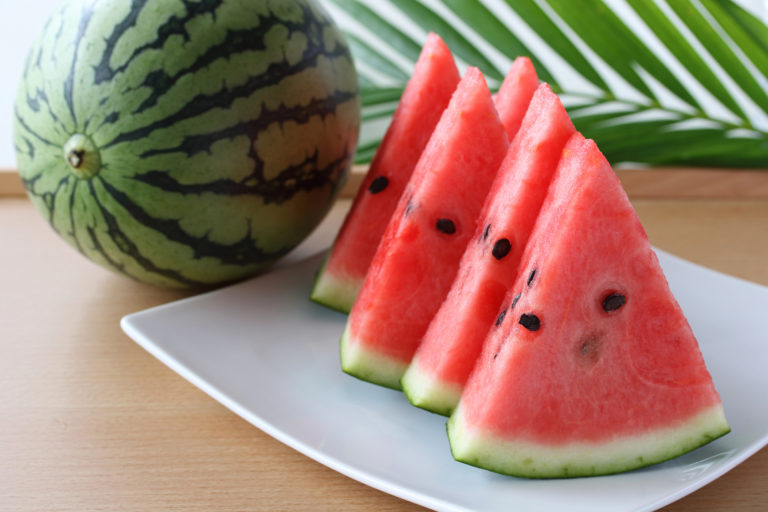
![Introducing how to freeze burdock and recipes [Explanation with photos! ]](https://shunkashutou.com/wp-content/uploads/2023/09/0812c28da547fe267723143edad2bfed.jpg)
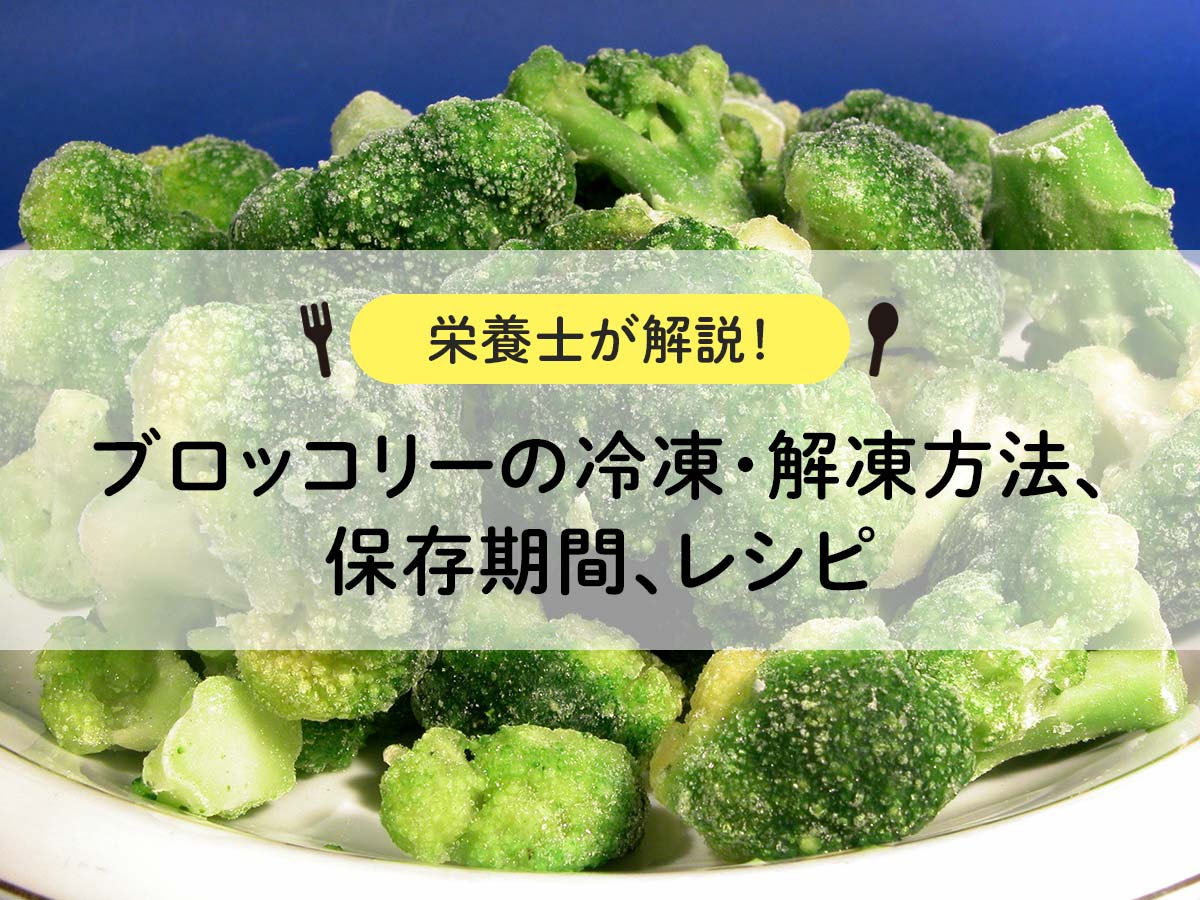
![[Can it be frozen? ] How to freeze cabbage rolls, storage period, and recipe](https://shunkashutou.com/wp-content/uploads/2023/10/f5c1db9a17ef7843ffd45f5ccb160ed5.jpg)
![How to freeze apples and what is their nutritional value? Perfect for baby food! [Explanation with photos! ]](https://shunkashutou.com/wp-content/uploads/2023/10/cf0380a4b371d2f43e0f0ed99c7344a2.jpg)
![[Explanation with photos! ] How to freeze pumpkin, storage period, and 5 recipes](https://shunkashutou.com/wp-content/uploads/2023/10/36d3edf3acec7cf27351bd1211e770ac.jpg)
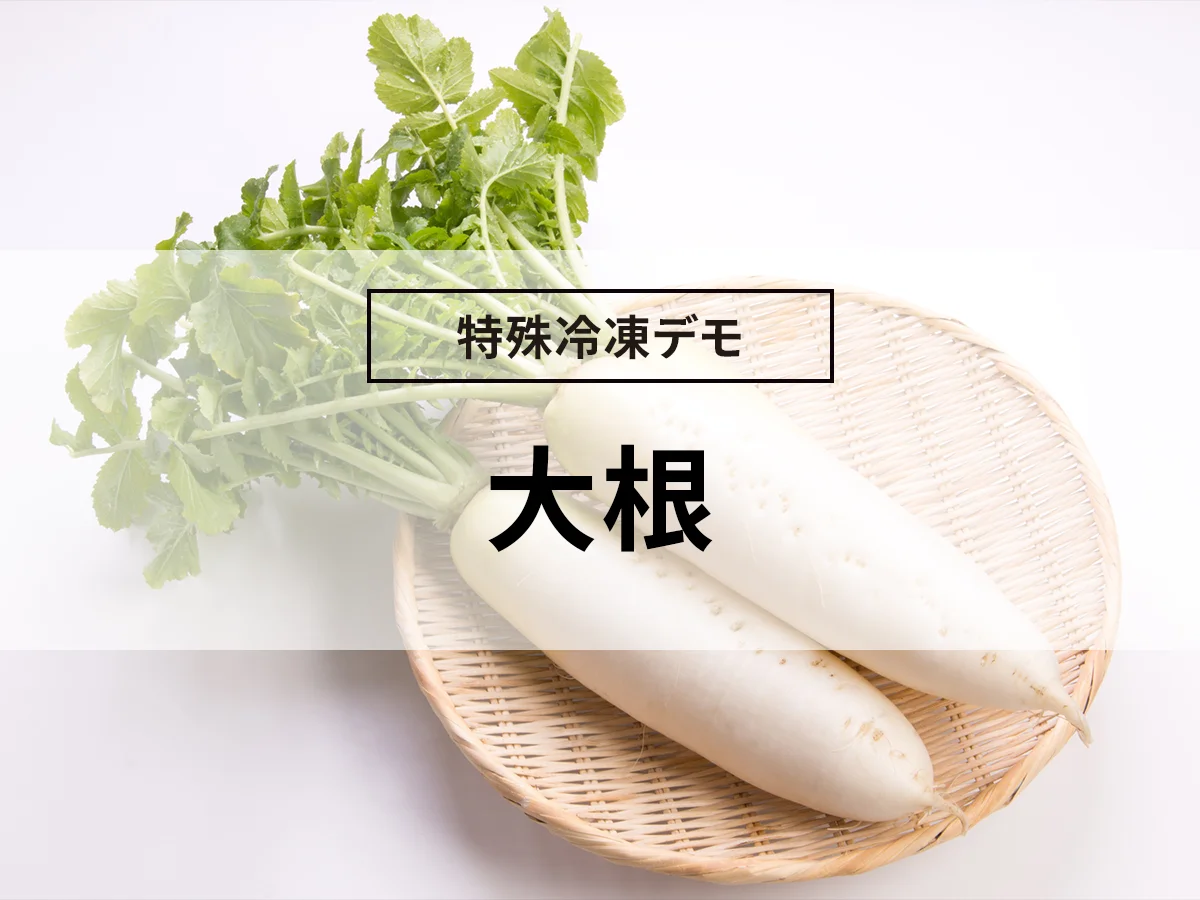
![Introducing how to freeze mushrooms and recipes [Explanation with photos! ]](https://shunkashutou.com/wp-content/uploads/2023/09/a4b193bf883e378a4d3fb316b2edaf43.jpg)
![Introducing how to freeze ginger and recipes [Explanation with photos]](https://shunkashutou.com/wp-content/uploads/2023/09/myoga4-624x432-1.jpg)
![[Explanation with photos] How to freeze meat sauce, storage period, and 5 recipes!](https://shunkashutou.com/wp-content/uploads/2023/09/efa7161a08e57ef763d9e19623c7669c.jpg)
![Shock freezer prices and reasons why we can't recommend used ones [What's the difference from a blast chiller? ]](https://shunkashutou.com/wp-content/uploads/2019/09/f76c6907f41d0b092e20d0924e5f27c9.webp)
![Explanation with photos of how to freeze miso soup and how to make miso balls [Carefully selected recipes]](https://shunkashutou.com/wp-content/uploads/2023/09/83d5bdbdcb7303dde33d5cf227b5ee9c-1.jpg)
![[Easy and delicious] How to make and thaw frozen eggs, applied recipes](https://shunkashutou.com/wp-content/uploads/2023/08/6b20ec40a9845d4a62952c143f83456f.jpg)

![[Easy thawing method] Low temperature thawing to lock in the deliciousness of meat](https://shunkashutou.com/wp-content/uploads/2024/08/899e71a518bbd73569bf085ff0accd61.webp)
![[Guide to handling frozen chicken for commercial use] How to thaw and how long it can be used after that](https://shunkashutou.com/wp-content/uploads/2018/04/36a79f65c113cc4318afbc48fa6229b7.webp)
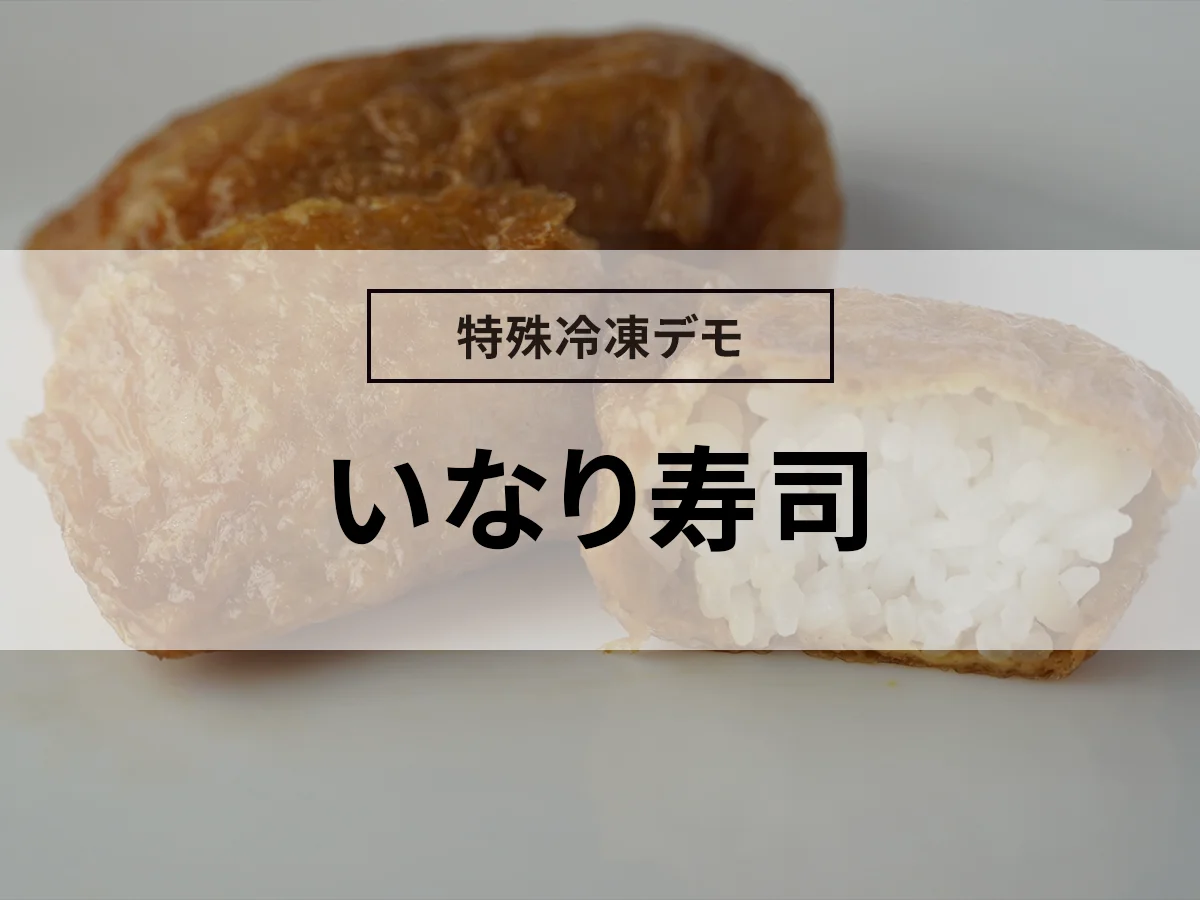
![[It's good to know! ] Introducing how to freeze curry, how long to keep it frozen, and how to thaw it |](https://shunkashutou.com/wp-content/uploads/2023/08/5de5495c896622dc896a8f23d9528300.jpg)
![Introducing how to freeze corn and recipes [Explanation with photos! ]](https://shunkashutou.com/wp-content/uploads/2023/08/195a6cd4120bbae043606a677c71a7dc.jpg)
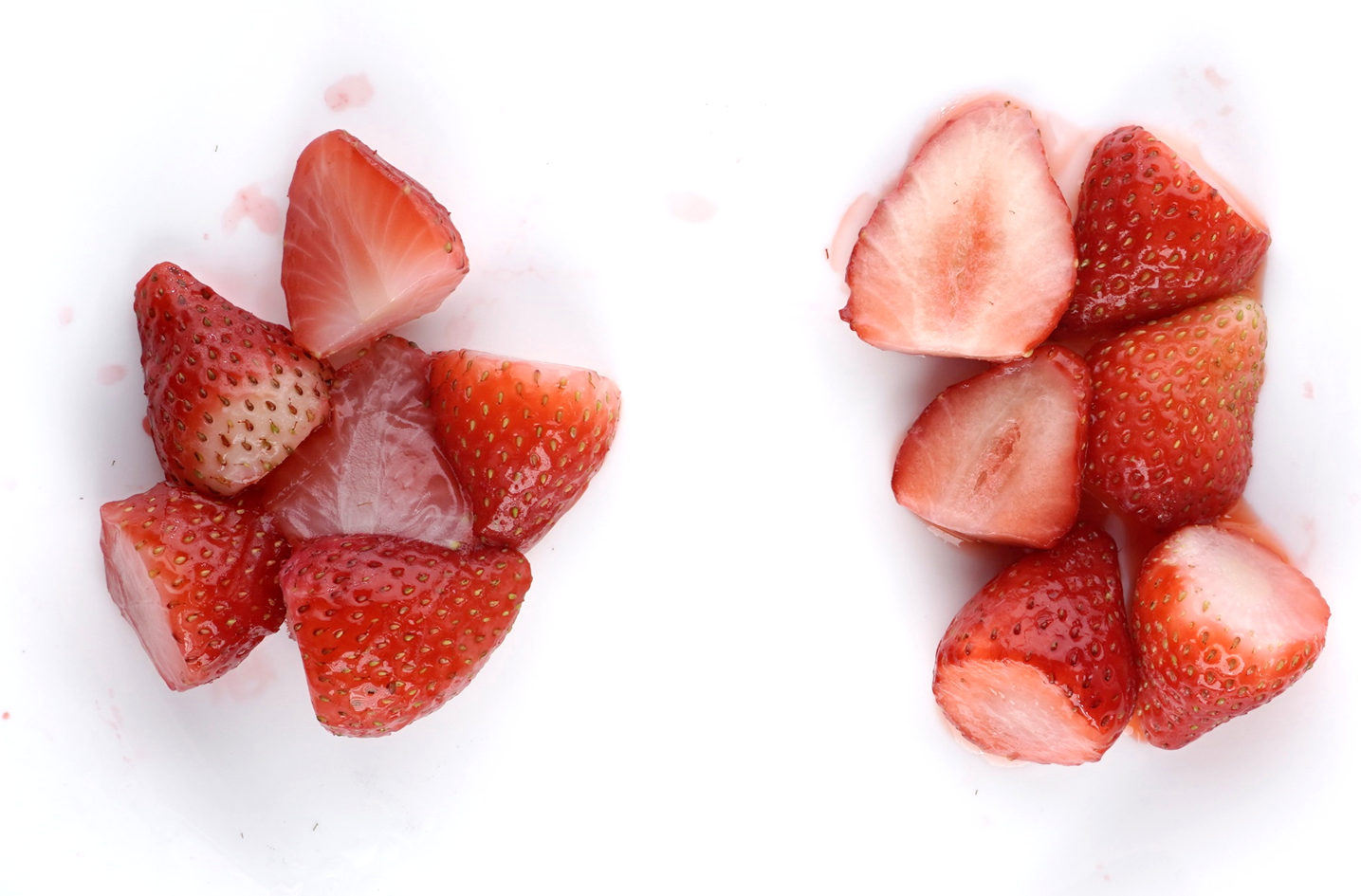

![[Explanation of how to fry! ] How to freeze and thaw pork cutlet, remake recipe!](https://shunkashutou.com/wp-content/uploads/2023/10/0a4143ad8ea0cc6bb6fdab8c74fab407.jpg)

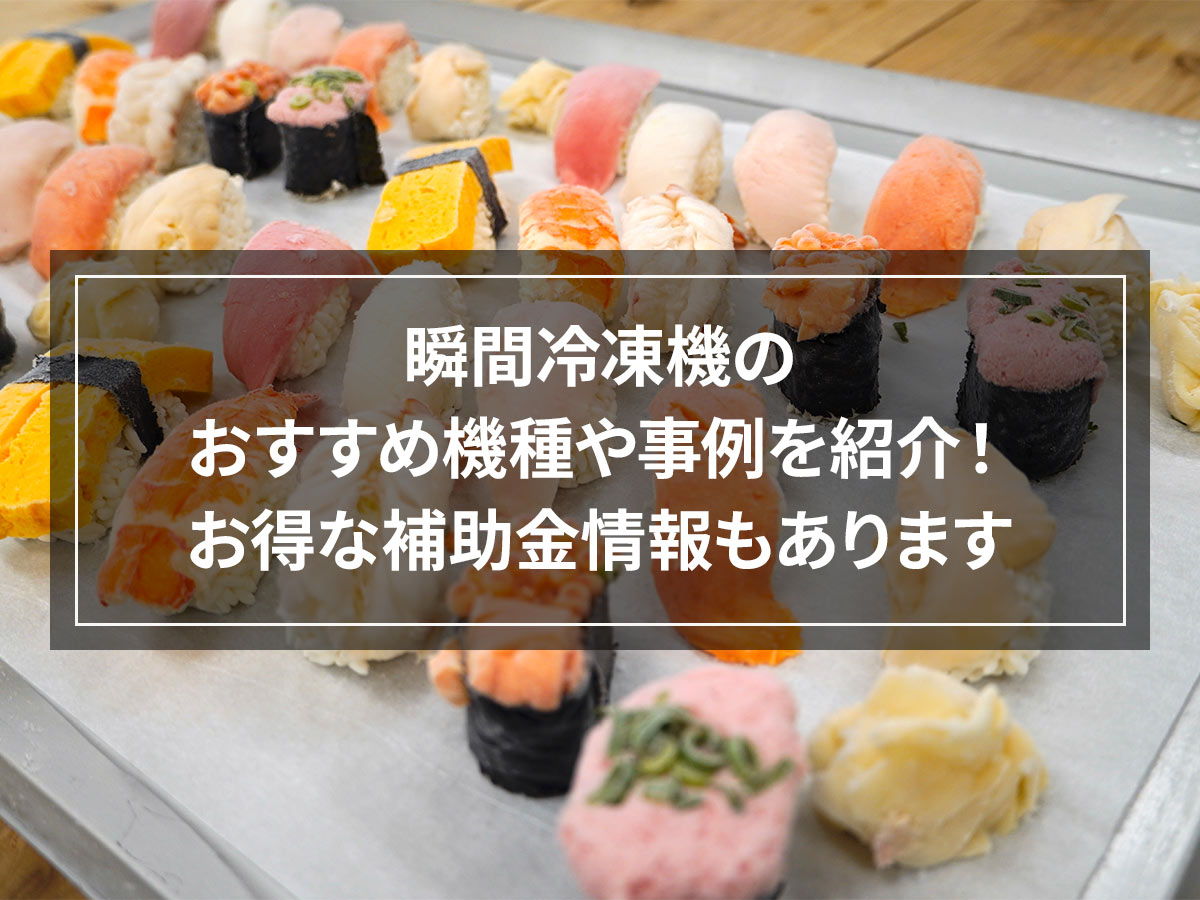
![Introducing the method and recipe for freezing shimeji mushrooms [Explanation with photos]](https://shunkashutou.com/wp-content/uploads/2023/09/shimeji-768x510-1.jpg)
![[Freezing Preservation Tips Series] A good way to freeze cabbage! Tips to make it last longer and taste better](https://shunkashutou.com/wp-content/uploads/2023/08/3ac1c4816b324c68e34ebf092e631127.jpg)
![[Secret Technique] Introducing the freezing preservation and remake recipe of Kinpira Burdock!](https://shunkashutou.com/wp-content/uploads/2023/09/4c4b704274331befeed83cc4493acb75-1.jpg)
![[Explanation with photos] How to freeze peaches, storage period, and 5 recipes!](https://shunkashutou.com/wp-content/uploads/2023/09/b454a38d482a64b14d55d2560aa4193a.jpg)
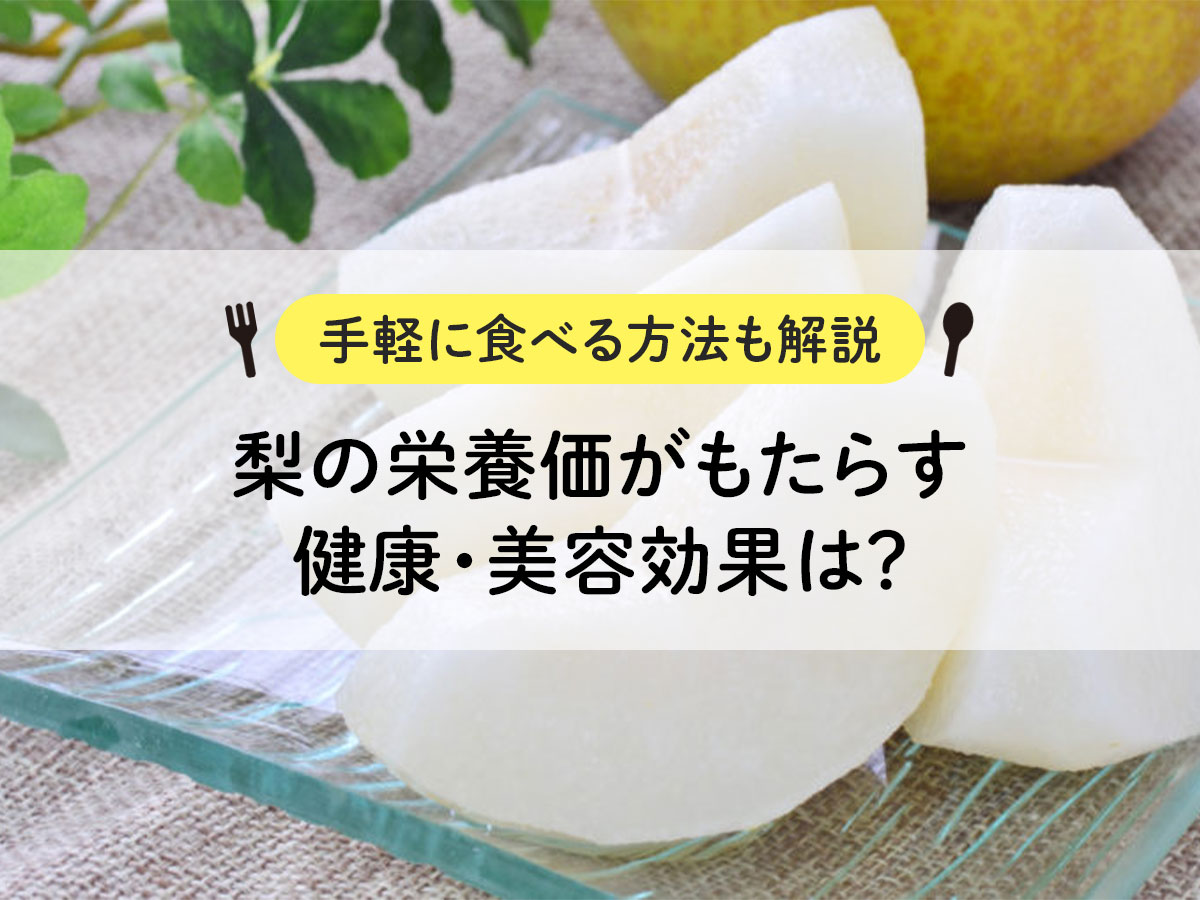
![[Explanation with photos! ] A good way to freeze lotus roots and recipes to use them!](https://shunkashutou.com/wp-content/uploads/2023/10/adac4ea3f269121c4cb5e74b323508f5.jpg)
![[Save onions in the freezer! ] Introducing storage methods and recipes with photos](https://shunkashutou.com/wp-content/uploads/2023/10/9d2c1259f1c42d7a0e3b61af361e5da8.jpg)
![How to freeze zucchini and 5 recipes! [Explanation with photos! ]](https://shunkashutou.com/wp-content/uploads/2023/10/zucchini6-768x512-1.jpg)
![[Can it be frozen? ] Introducing how to freeze kamaboko and how to remake it](https://shunkashutou.com/wp-content/uploads/2023/09/6d2830823df2896a1601685353b0fdf5.jpg)
![[Can it be frozen? ] Introducing a good way to freeze green peppers and side dish recipes](https://shunkashutou.com/wp-content/uploads/2023/09/30407f106c5c082468c66af0d40c5858.jpg)
![[Explanation with photos] How to freeze winter melon, storage period, and 5 recipes!](https://shunkashutou.com/wp-content/uploads/2023/10/8c301e3fcfbb9c7f457d8b05dfea902d.jpg)

![[Long-lasting freshness! ] Explaining the advantages and disadvantages of chilled storage and chilled transportation](https://shunkashutou.com/wp-content/uploads/2024/07/64b437bd976e4ef73a85dbb64cdf9fc8.webp)
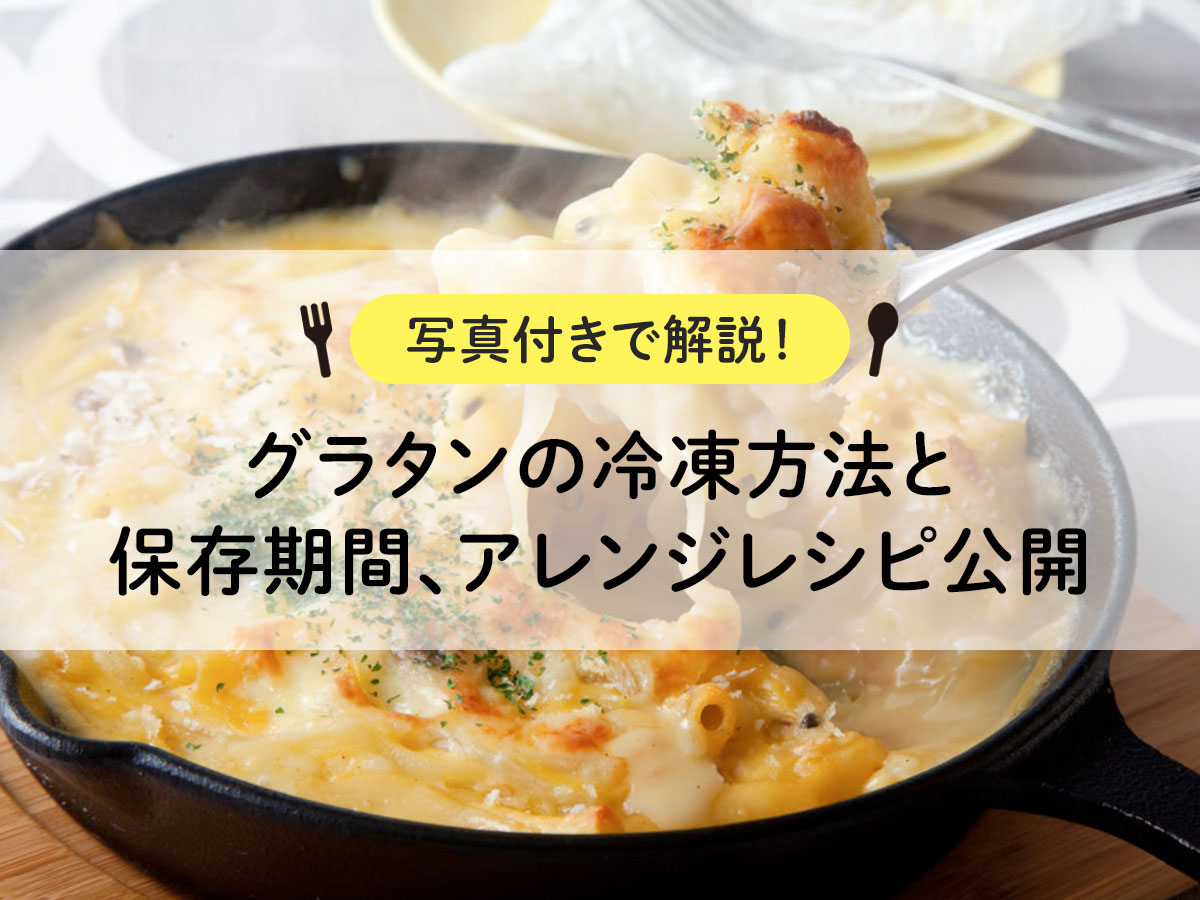
![Thorough explanation of how to freeze eggplant and its storage period! [Explanation with photos! ]](https://shunkashutou.com/wp-content/uploads/2023/08/03fe8d79948a39047616383e2d3fb64a.jpg)
![[Dramatically extends the shelf life of vegetables! ] What is blanching process?](https://shunkashutou.com/wp-content/uploads/2023/07/8fce721a563a0e86a740b4d11dc63766.jpg)
![[Can it be frozen?] Stew freezing method, storage period, and arrangement recipe](https://shunkashutou.com/wp-content/uploads/2023/10/f599b814ea21eef57604e4ceb2518d5b-1.jpg)
![[How long does frozen fish and meat last? ] Interesting expiration dates and tips to extend the shelf life](https://shunkashutou.com/wp-content/uploads/2023/08/f124221382987fe32d0ffda6b6f497c1.jpg)
![[Explanation with photos! ] How to freeze hijiki and its storage period, 5 recipes!](https://shunkashutou.com/wp-content/uploads/2023/09/ff6bdc527dd066b7d725a48161d7925d.jpg)
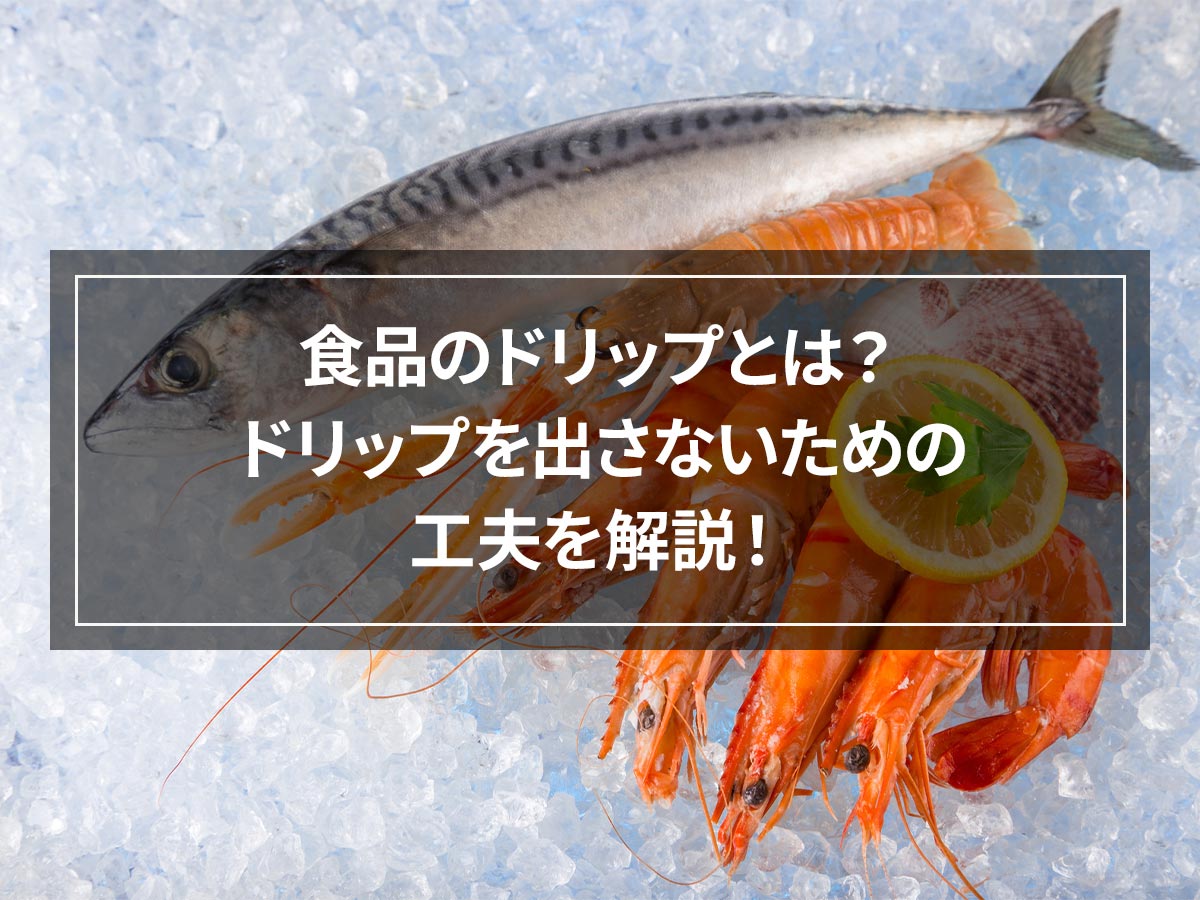
![Introducing recipes and methods for freezing and thawing bananas [Explanation with photos! ]](https://shunkashutou.com/wp-content/uploads/2023/07/494e7567627fb35e47ee5cb0e06e142c.jpg)
![[Explanation with photos! ] How to freeze and fry croquettes, 5 carefully selected recipes](https://shunkashutou.com/wp-content/uploads/2023/09/b364ee97a71777f9dd2e35fddbbdda72.jpg)
![[Osechi remake dishes too! ] Introducing the method and recipe for freezing black beans](https://shunkashutou.com/wp-content/uploads/2023/09/9bcd5b0667eef32b7c7daf786e01172f.jpg)
